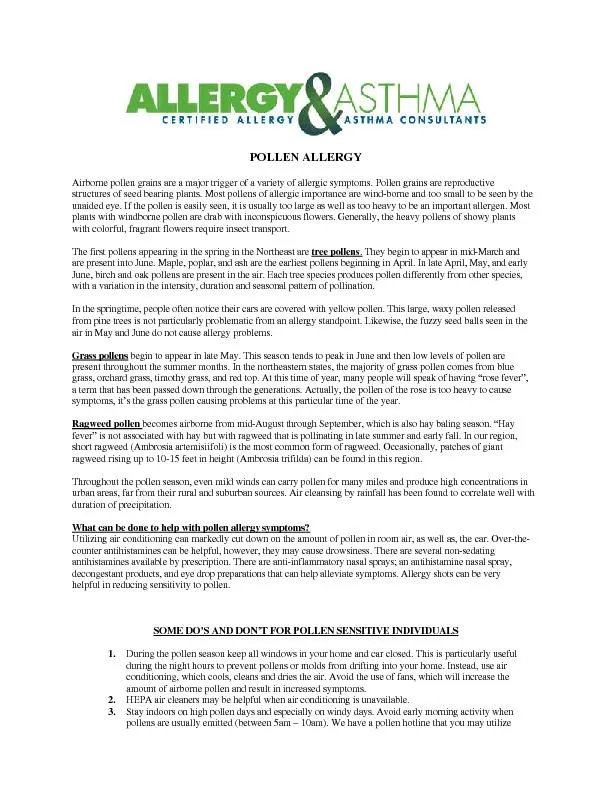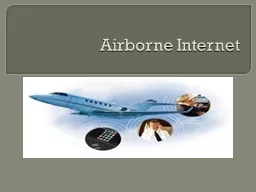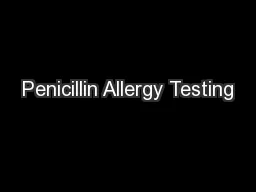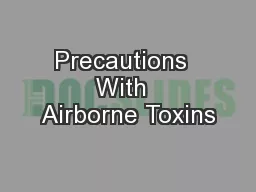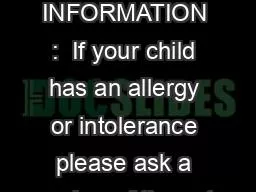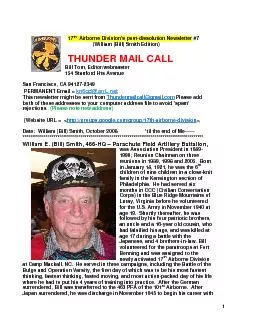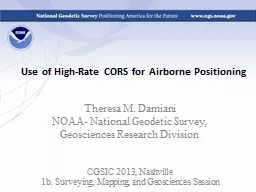PDF-POLLEN ALLERGY Airborne pollen grains are a major trigger of a variet
Author : celsa-spraggs | Published Date : 2016-07-11
They begin to appear in midMarch and are present into June Maple poplar and ash are the earliest pollens beginning in April In late April May and early June birch
Presentation Embed Code
Download Presentation
Download Presentation The PPT/PDF document "POLLEN ALLERGY Airborne pollen grains a..." is the property of its rightful owner. Permission is granted to download and print the materials on this website for personal, non-commercial use only, and to display it on your personal computer provided you do not modify the materials and that you retain all copyright notices contained in the materials. By downloading content from our website, you accept the terms of this agreement.
POLLEN ALLERGY Airborne pollen grains are a major trigger of a variet: Transcript
Download Rules Of Document
"POLLEN ALLERGY Airborne pollen grains are a major trigger of a variet"The content belongs to its owner. You may download and print it for personal use, without modification, and keep all copyright notices. By downloading, you agree to these terms.
Related Documents

